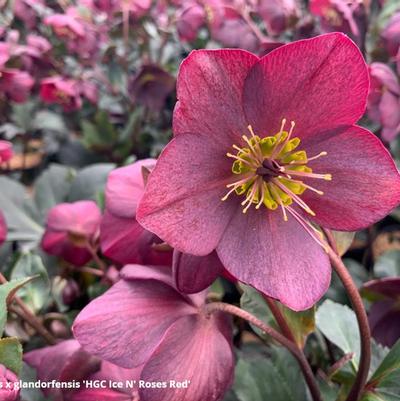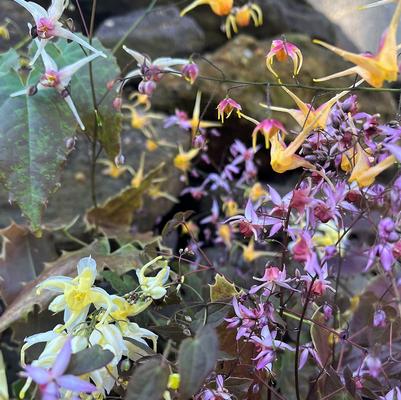What the Hellebore?
It’s almost Halloween, so you know what that means – it’s time to get ready for the holiday season! While you’re stocking up on Twix and Snickers bars for the neighborhood kids, most of Corporate America is already glittering with multi-colored string lights, sparkling tree ornaments, and jolly ol’ yuletide merriment. We figure if you can’t beat ‘em, join ‘em. After all, the holidays will be here before we know it, so the least we can do is get you prepared for all of your winter projects with our massive stock of hellebores.








